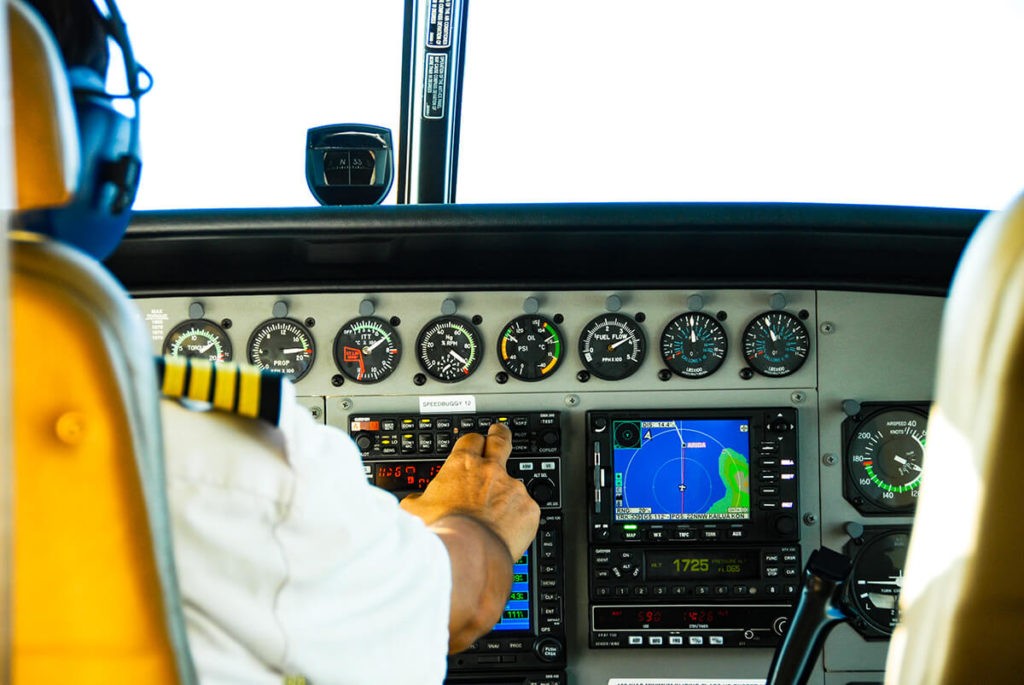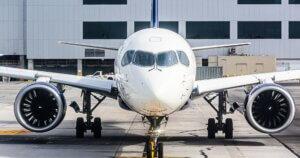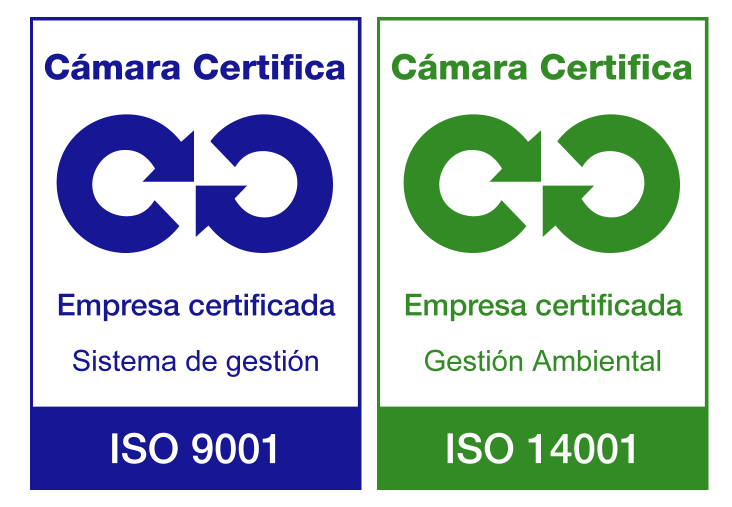Read the job offer carefully and fill in all the details. If you miss any small detail, it will not be a valid CV and the recruiter may discard your application. Take a pilot CV template as a reference. Standard templates are not valid in this profession, as they require more fields:
FULL NAME: include full name and two surnames, better not to abbreviate it, as some airlines may include it in their database and it should be the same information from the passport.
DATE OF BIRTH: some pilots include their age instead of date of birth, this will complicate the job of recruiters as they may not be sure exactly when your CV was made.
NATIONALITY: this is quite important as some countries may need a diplomatic relationship with your country to hire you.
CONTACT INFORMATION: make sure your contact information is correct, error-free and includes at least a mobile phone number (remember to include the international dialling code) and email address (select an email address that is reputable, professional and includes your first or last name). You can also include other information such as WhatsApp, Skype, LinkedIn, etc.
CURRENT PILOT LICENSE: ATPL or CPL and country that issued it (EASA, FAA, CAAC, DGAC, etc.), including your expiry date if you have one.
MEDICAL CERTIFICATE: type, date of issue and expiry date.
TOTAL FLIGHT TIME: this is simple, as it would be the total hours you have flown during your entire career as a pilot.
TOTAL FLIGHT TIME BY AIRCRAFT TYPE: airline recruiters will need this information to calculate your turboprop experience, turbojet experience, long-haul experience, EFIS experience or split your experience according to your needs.
TOTAL FLIGHT TIME ACCORDING TO YOUR RANK: If you are applying for a Commander position, then you certainly don’t want to omit this information.
If you have a TRI or TRE profile, then you should also add this information, including the total time you have worked as an instructor. Note that most airlines will not accept a pilot for direct entry as a TRI or TRE, but it can be very valid and complementary information.
DATE OF YOUR LAST FLIGHT: next to this date, if you are currently employed, you can add a short note explaining this.



